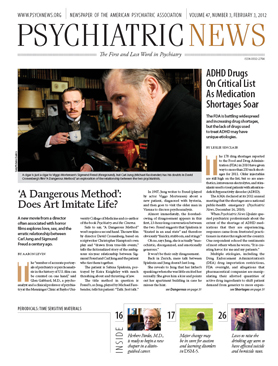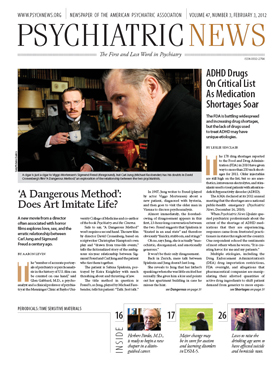Clinical centers with expertise in diagnosis and treatment of autism differ dramatically in how they diagnose children with autism, Asperger’s, or PDD-NOS (pervasive developmental disorder not otherwise specified).
A large multisite study collecting clinical phenotype data (diagnostic, developmental, and demographic) for genetic research found significant site differences in “best-estimate clinical diagnoses” of specific autism spectrum disorders. Moreover, relationships between clinical diagnoses and standardized scores, particularly verbal IQ, language level, and core diagnostic features, varied across sites in weighting of information and threshold cutoffs.
The study appeared in the online edition of the Archives of General Psychiatry on November 7, 2011.
The results support revisions to the criteria for autism proposed by the DSM-5 Neurodevelopmental Disorders (ND) Work Group, including the creation of a single diagnostic entity— autism spectrum disorder— (ASD) to encompass the three disorders (autism, Asperger’s, PDD-NOS) currently listed in DSM-IV and the incorporation of dimensional measures of severity for associated features such as IQ, social communication, restricted interests, and repetitive behaviors.
“What we found were huge differences from site to site in the way people used these diagnoses,” lead author Catherine Lord, Ph.D., told Psychiatric News. “They weren’t random—within any one site the factors that contributed to diagnosis were quite predictable. But different sites used different factors in different ways and had different cutoffs or thresholds for disorder, in terms of IQ or how many repetitive behaviors were too many.”
She is director of the Institute for Brain Development at New York-Presbyterian Hospital.
The study included 2,102 children (1,814 males) aged 4 to 18 who met autism spectrum criteria on the Autism Diagnostic Interview–Revised and the Autism Diagnostic Observation Schedule and who had a clinical diagnosis of an autism spectrum disorder. They were recruited from 12 university-based autism service providers into a genetic study of autism.
Researchers used statistical analysis to investigate how the “best-estimate diagnosis” was associated with behavioral domains from diagnostic measures of ASD and to determine whether there were differences between sites with regard to the use of demographic, developmental, and behavioral measures in making best estimate clinical diagnoses.
They found that although distributions of scores on standardized measures were similar across sites, significant site differences emerged in best-estimate clinical diagnoses of specific autism spectrum disorders. Of the 12 sites, two gave fewer than half of the subjects’ conditions a diagnosis of autistic disorder, whereas one site gave all subjects a diagnosis of autistic disorder. Two sites gave more than 40 percent of subjects a diagnosis of PDD-NOS. Sites also showed significant differences in the proportion of subjects receiving diagnoses of Asperger’s disorder ranging from zero to nearly 21 percent.
Even more dramatically, the relationships between clinical diagnoses and standardized scores, particularly verbal IQ, language level, and core diagnostic features, varied across sites in weighting of information and cutoffs. For instance, verbal IQ was the single feature most related to diagnoses in five sites and the second or third strongest predictor in five other sites. However, there were striking site differences in verbal IQ cut points and in whether IQ was associated with differentiating autistic disorder from PDD-NOS/Asperger’s syndrome or differentiating autistic disorder/PDD-NOS from Asperger’s syndrome.
The next most frequent predictors across sites were social communication (which was the leading predictor in four sites) or repetitive behaviors (the leading predictor in two sites).
Susan Swedo, M.D., chair of the DSM-5 ND Work Group, who reviewed the study for Psychiatric News, said, “The results of this study are in line with previous research that shows that intra-rater and intrasite reliability for the various ASD diagnoses is excellent, but that there is great variability among various raters and across sites,” she said.
Lord, who is a member of the work group, said the Archives study also underscores the need for clinicians to incorporate dimensional ratings for features associated with the disorder. “We need to look at the individual child’s profile, not just the features that define autism but also the features that affect the severity of autism,” Lord said.
Swedo said the work group is proposing a number of specifiers to determine where an individual is on the autism spectrum and what their strengths and weaknesses are. “These include separate severity ratings for the social communication domain and the restricted interests/repetitive behaviors domain, as well as specifiers of intellectual functioning, age and type of onset, verbal abilities, and others,” she said (see
DSM-5 May See Major Changes to Autism, Learning Disorders at http://psychnews.psychiatryonline.org/newsArticle.aspx?articleid=481201).

